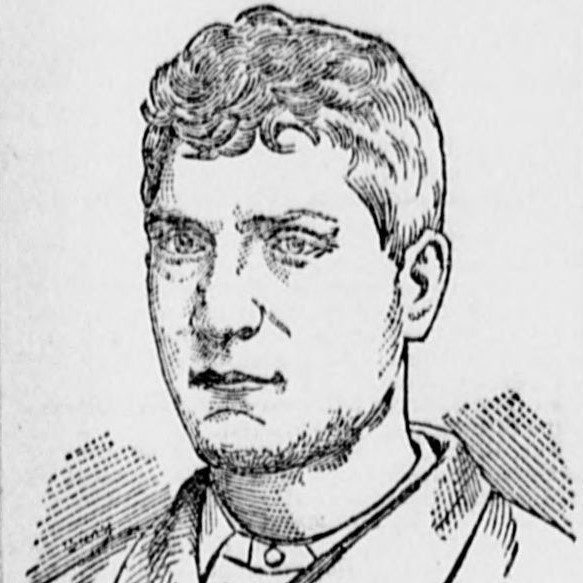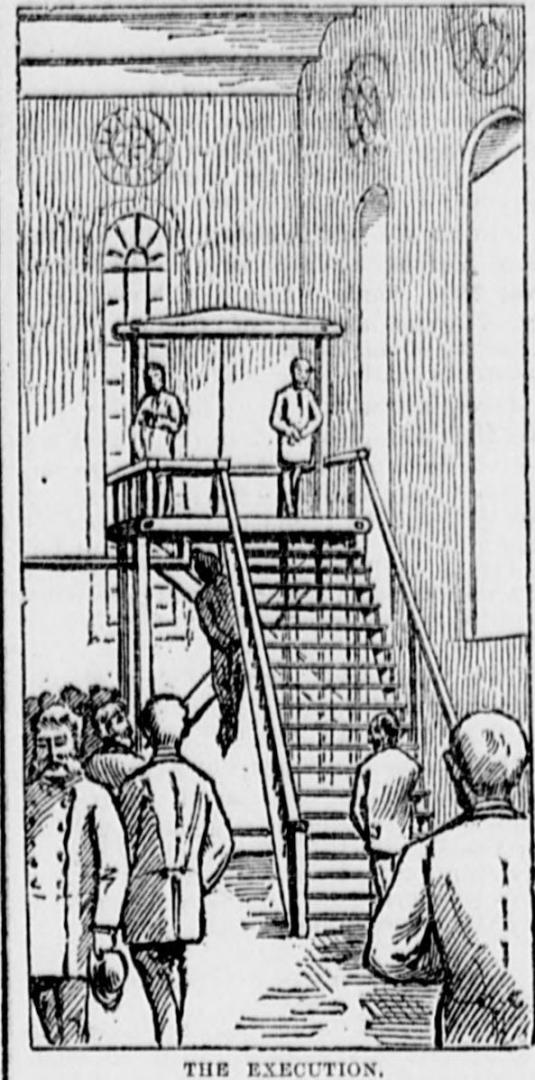
d: 1886
Antonio Nardello
Summary
Name:
Nickname:
Frank Rosso / Michael RossYears Active:
1884 - 1885Status:
ExecutedClass:
Serial KillerVictims:
3Method:
Stabbing / Bludgeoning / Throat-slashingDeath:
May 28, 1886Nationality:
USA
d: 1886
Antonio Nardello
Summary: Serial Killer
Name:
Antonio NardelloNickname:
Frank Rosso / Michael RossStatus:
ExecutedVictims:
3Method:
Stabbing / Bludgeoning / Throat-slashingNationality:
USADeath:
May 28, 1886Years Active:
1884 - 1885Date Convicted:
December 12, 1885bio
Antonio Nardello was born in 1864 in Naples, Italy, during a turbulent time in Italian history. His early life was marked by social instability and familial absence—his father was convicted of brigandage and sentenced to twenty years in prison, a sentence that ensured Antonio would grow up without a father figure. Details about his upbringing remain scarce, but there is no indication that he had a formal education or support system.
In 1883, at the age of 19, Nardello immigrated to the United States, part of the wave of working-class Italians seeking better economic conditions. Upon arrival, he worked intermittently in New York and Chicago, eventually settling in Cecil County, Maryland, where he found employment as a laborer with the Baltimore and Ohio Railroad.
murder story
On April 1, 1884, Nardello targeted a fellow laborer nicknamed “Brosnan” along the Philadelphia Road in Gunpowder, Maryland. In a cold act of robbery, he killed him—seizing what he could and vanishing into the undercurrents of migrant labor life. The body’s ring and watch became evidence years later, though at the time, another laborer named Juliano was incorrectly convicted and sent to prison for ten years. He would only be exonerated after Nardello’s late confession shortly before his execution.
In May 1885, a man named Charles Bushel stumbled upon a horrifying sight: the partially buried, decayed corpse of a man hidden in a bush near his homestead. The victim’s skull had been crushed, and it was clear the murder had happened months earlier. Scattered at the scene were a train ticket and an Italian letter—clues pointing to a mysterious figure. If suspicions fell on Nardello, who had recently departed the area in December 1884, nothing lasting came of it—until Nardello confessed on the day of his execution. He revealed that on December 19, 1884, he and Antonio de Balbo walked together under the guise of friendship, only for Nardello to pull a gun, shoot him, steal his valuables, and hide the body. His confession carried a discrepancy—despite original reports of blunt force trauma, Nardello claimed he shot de Balbo; still, authorities accepted his admission and closed the case.
On August 1, 1885, residents near Howard University in Washington, D.C., alerted authorities to a foul stench from an abandoned shack. Inside, they found the decomposing body of Carmine Rotunno, a laborer and shoemaker. His throat had been violently slashed, blood staining walls and floors. Rotunno was last seen alive in late July, walking with Nardello, who’d lured him with promises of work. Despite warnings, Rotunno went with him and never returned. That same day, authorities arrested Nardello at the train station (operating as “Frank Rosso”) and discovered his bloodied clothes in his room.
During interrogations, Nardello admitted involvement in the murder, though he claimed two accomplices. He said he and another held Rotunno while the third slit his throat, then shared the stolen $150 haul. No corroborating evidence surfaced against the alleged co-conspirators, and Nardello alone was taken to trial.
On October 10, 1885, he was indicted for the murder of Rotunno, with an interpreter assigned due to his limited English. Jury selection proved difficult, swayed by public sentiment fueled by media. Over 200 witnesses testified, including Rotunno's housemate who identified Nardello’s bloodied pants. Nardello insisted he only played a minor role and even demanded his accomplices be hanged too. On December 12, 1885, he was found guilty and sentenced to death.
Despite attempts by his lawyers to push for a new trial, the motion failed. Influenced by newfound public attention and late-coming defenders, President Grover Cleveland granted him a three-week reprieve starting May 5, 1886, but that reprieve expired, and the execution date held firm.

On May 28, 1886, Nardello faced the hangman. He confessed to the clergy about all three murders, walked the scaffold in faith, and prayed aloud in Italian. The trapdoor opened at 1:30 p.m.,he hung for eight minutes with a faint pulse, and fifteen minutes later his life ended.